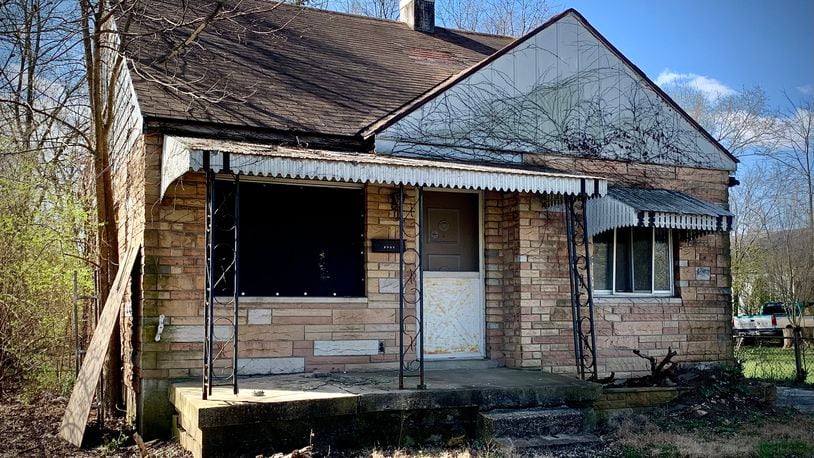A Dayton Daily News investigation by reporter Sydney Dawes revealed for the first time the prevalence of such fraud, what is (or isn’t) being done to address it, and what property owners can do to protect themselves.
Here are five key takeaways from that investigation:
1. Quit what?: Quitclaim deeds are quick ways to transfer property and often are used by family members. But in these schemes, a quitclaim deed with a false signature of the owner, coupled with a negligent or complicit notarization, is recorded against the property.
2. Our investigation: Go here for our full investigation by reporter Sydney Dawes, which obtained data from Montgomery County to reveal for the first time just how pervasive such incidents are.
3. Getting away with it: Sydney found these cases are rarely prosecuted criminally because of challenges such as the long period of time that often goes by before the suspected fraud is discovered. Meanwhile, someone who files a quitclaim deed can make thousands of dollars on each transaction by selling the property to a third party, defrauding the buyer as well and sometimes making it so the original owner can’t get their property back.
4. Victims: Sydney talked to several alleged victims of quitclaim fraud who say they’ve gotten little help. A judge ruled that one woman’s Dayton property was stolen from her through quitclaim fraud, but the judge decided she won’t get the building back because the people who bought it from the alleged fraudsters are also victims.
5. What’s being done: County officials explain how property owners can sign up for a new program to protect their properties, but some say more help is needed for people who are already victims.
About the Author
